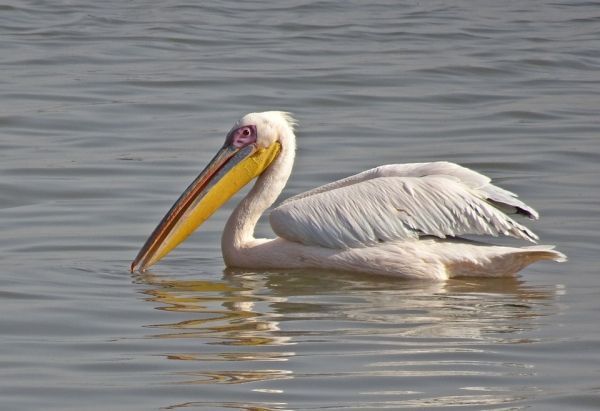New research shows that recent climate change is having profound effects on wetlands across the American West – affecting birds that use these wetlands for breeding, migration and wintering.
According to a study published today in the journal Scientific Reports, higher temperatures and less precipitation have reduced waterbird habitat, resulting in fewer birds in the region and elsewhere. The study, which began in the mid-1990s, is the result of a research collaboration between scientists at Oregon State University, U.S. Geological Survey, University of California, Merced; and the Alliance for Global Water Adaptation.
The researchers examined more than a century’s worth of temperature and precipitation data across the Great Basin, which spans nearly all of Nevada, much of Oregon and Utah, and portions of California, Idaho and Wyoming. They compared the data with more than 50 years of results from the U.S. Geological Survey Breeding Bird Surveys, which began in 1968.
The research focused on waterbirds, which are species that include shorebirds, ducks, geese, swans, herons and rails. The Great Basin is a major part of the Pacific Flyway, a major north-south route for migratory birds in North America. During spring migration, more than 2 million waterfowl pass through the southern Oregon-northeastern California region of the Pacific Flyway.
Read more at Oregon State University
Photo Credit: sarangib via Pixabay


